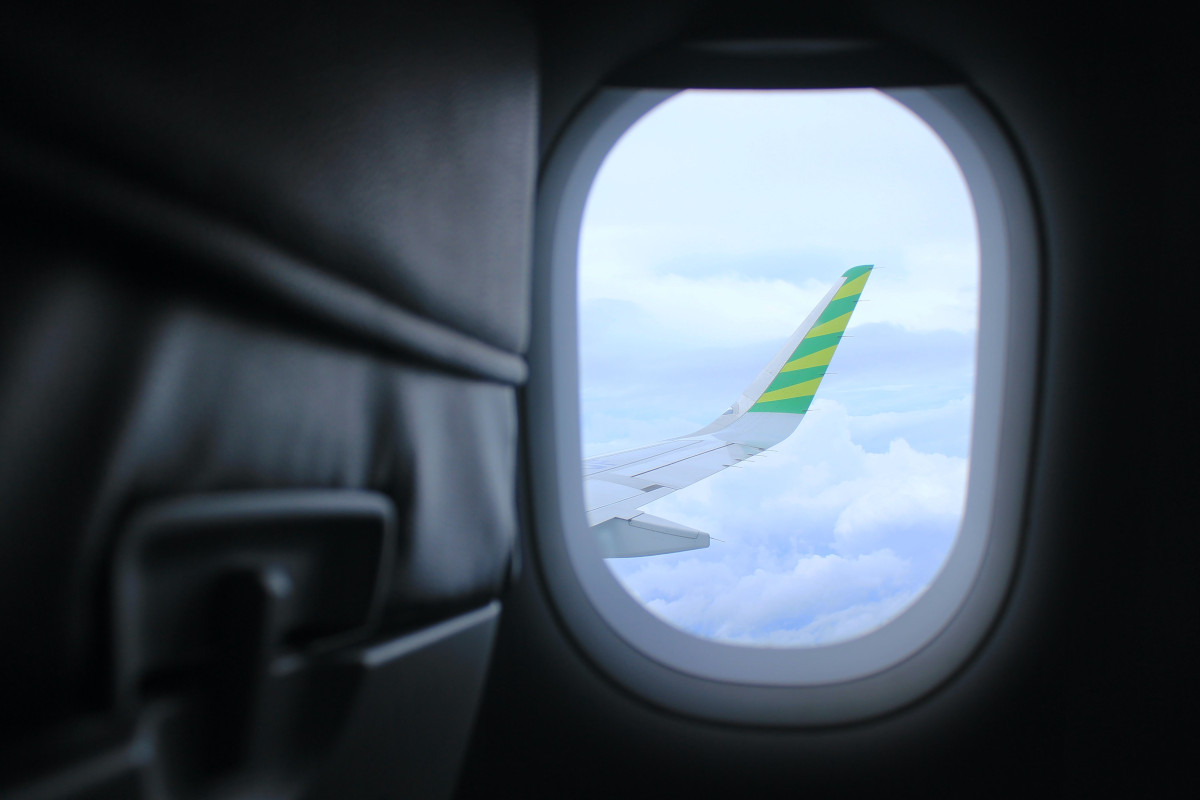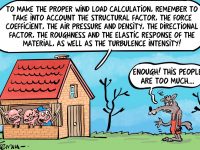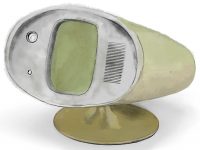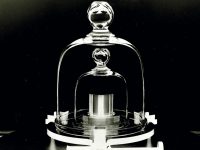
Passenger windows on commercial airplanes are rounded for structural reasons. The structural integrity of an airplane’s windows and doors is not a minor issue, because there is a large difference in pressure and temperature between the interior and exterior of the aircraft. In the space occupied by the window there is evidently no metal supporting the fuselage, and all this stress must be borne by the metal immediately around the window. If this metal is fitted to rectangular or square windows, it suffers greater stresses at the corners from any tension to the fuselage, resulting in a higher probability of the window breaking. If this were to occur, it would cause cabin decompression and the typical suction of air from inside the aircraft seen in films. This would cause, at the very least, an emergency landing.

Prototype of the British aircraft De Havilland DH 106 Comet. The image clearly shows the square shape of the windows / Public domain
In aeronautics history, the story of the De Havilland DH 106 Comet, the first commercial jet plane, is famous. This British aircraft debuted after World War II, in 1952, and had a large, highly pressurised cabin and large square windows cut at right angles. The Comets, as they were commonly known, soon began to have problems in flight, with five accidents in just eighteen months (from October 1952 to April 1954) and had to be withdrawn. It was later discovered that the cause of the accidents was aluminium fatigue around the right angles of the windows (due to repeated stress cycles), which started to crack and caused explosive decompression of the cabin and structural failure of the aircraft. The company’s rival manufacturers, such as Boeing, learned the lessons of the Comet and built heavily reinforced oval windows.
In recent years, some companies are working on designing aircraft without physical windows, which would be replaced by virtual windows that would show the outside, or any other image, through a screen. This decision would reduce aircraft weight and, therefore, fuel consumption. However, perhaps we passengers will still want to look out the window and know what is happening around while we are up there.
Antoni Vidal-Ferràndiz graduated in Aeronautical Engineering and holds a PhD in Nuclear Energy from the Polytechnic University of Valencia.
Question sent by Carlos Rodríguez Landrove.
«Mètode’s whys and wherefores» is a popular science section in which readers can submit their scientific doubts or questions and an expert on the subject will answer them. You can submit your questions with this form. Among all those we publish between 1 July and 20 September 2020, a set of Mètode publications will be drawn.





